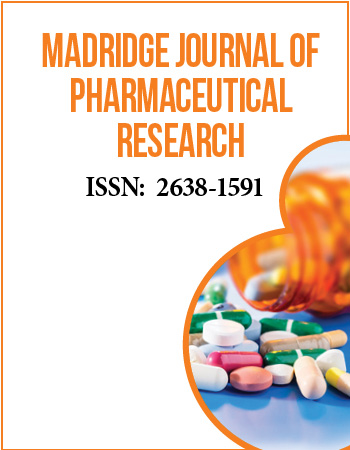2nd International Conference on Pharma & Nutrition, Health and Aging
August 1-2, 2019 Valencia, Spain
Indicaxanthin Synergistically Enhances the Antiproliferative Activity and Apoptosis Induction by Cisplatin in Hela Cells
Department of Biological, Chemical and Pharmaceutical Sciences and Technologies, University of Palermo, Italy
Drug combination therapy is considered an effective strategy in the treatment of cancer to overcome drug toxicity because of lower doses required. Natural products acting in synergy with commercial drugs to bring about a positive or enhanced effect are nowadays well documented.
Cisplatin (Cis) is a potent chemotherapeutic agent routinely used to treat various types of cancer. However, its beneficial effect is largely compromised by adverse reactions and more importantly, by the development of drug resistance.
Indicaxanthin (Ind) a bioavailable phytochemical from cactus pear fruit has displayed a variety of biological activities including chemoprevention and inhibition of tumor growth In vitro and in animals (1, 2).
The present study investigated the combined effect of Cis / Ind on cell death in the human cell line of cervix cancer (HeLa). Combinations of Cis and Ind at 0.5, 0.7, 0.9 and 1.0 times their respective IC50 values were assayed and the combined drug action analyzed by Chou and Talalayʼs equation (1984). A synergistic effect (Combination Index <1) was observed for all the combinations of Cis and Ind. Flow cytometry analysis indicated that the combination of Cis and Ind increased the percentage of cells exposing phosphatidylserine to the outer membrane, caused a stronger variation of the mitochondrial membrane potential, raised the levels of oxygen reactive species and enhanced the number of cells in the G0/G1 phase when compared to the treatment with the individual compounds alone. Analysis by fluorescence microscopy using acridine orange/ethidium bromide staining confirmed that the combination of Cis and Ind induced a more potent apoptosis. Moreover sub toxic and nutritionally relevant concentrations (5µM) of Ind potentiated the anticancer activity of Cis toward HeLa cells, decreasing its IC50 by more than 50% while counteracted the apoptotic effect of the drug in human red blood cells.
In conclusion, Ind may be a candidate anticancer agent that, when use in combination, may increase the therapeutic efficacy of Cis preventing its adverse toxicity.
Biography:
AlessandroAttanzio is a Researcher in- BIO/10 Biochemistry and completed his PhD in Pharmaceutical Sciences and got a Graduate degree in Biomedicine with a vote of 110/110 and praise. He is a Patent Inventor and Guest Editor for Journal of Food Quality and is the Author of 25 publications on international biochemical and nutraceutical journals.


